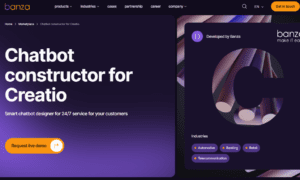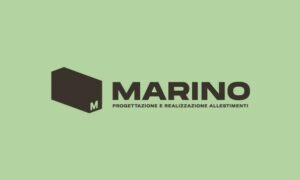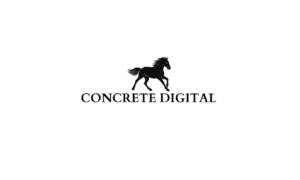In the ever-evolving realm of marketing, where consumer behaviors and preferences are continually shifting, the significance of inbound marketing has grown exponentially. Gone are the days of intrusive ads and cold calls; today, successful marketing is about attracting, engaging, and nurturing potential customers in a way that resonates with their needs and desires. At the heart of this transformative approach lies the art of lead generation through inbound marketing. In this article, we will delve into the strategies that hold the key to unlocking the full potential of inbound marketing for effective lead generation.
Understanding Inbound Marketing: A Paradigm Shift
At its core, inbound marketing is a customer-centric methodology that revolves around earning the attention of potential customers rather than aggressively seeking it. Unlike traditional outbound marketing, which relies on mass communication and interruption, inbound marketing focuses on creating valuable content that addresses the specific needs and pain points of the target audience.
The journey begins with understanding the audience’s persona—their demographics, preferences, and challenges. This knowledge forms the basis for tailoring content that not only captures their attention but also provides solutions to their problems. By aligning content with customer needs, businesses position themselves as trusted advisors, building credibility and rapport.
Crafting Compelling Content: The Engine of Inbound Lead Generation
Content is the backbone of inbound marketing. It’s through content that businesses showcase their expertise, offer insights, and create a connection with potential leads. From informative blog posts and engaging videos to informative ebooks and visually appealing infographics, each piece of content has the power to captivate and educate.
However, content creation isn’t a shot in the dark. It’s a strategic process that involves thorough research to identify the most relevant and trending topics within the industry. This not only ensures that the content is in sync with the audience’s interests but also enhances its discoverability through search engines.
Leveraging the Power of SEO and Keywords
The digital landscape is vast, and the challenge lies not just in creating exceptional content but also in making it discoverable. This is where search engine optimization (SEO) comes into play. SEO involves a series of techniques aimed at improving a website’s visibility on search engines, thereby increasing the chances of attracting organic traffic.
Central to SEO is the utilization of keywords—specific words or phrases that potential customers are likely to use when searching for information. By incorporating these keywords naturally into content, businesses can improve their search engine rankings. However, the real art lies in identifying long-tail keywords—more specific phrases with lower competition but higher intent—resulting in a more targeted and motivated audience.
Harnessing the Potential of Social Media
In an interconnected world, social media platforms have become powerful tools for amplifying inbound marketing efforts. They offer a direct channel for businesses to engage with their audience, share valuable content, and foster meaningful interactions. Platforms like Facebook, Twitter, Instagram, and LinkedIn allow brands to establish a strong online presence and create a loyal community.
Successful social media engagement goes beyond simple content sharing. It involves understanding the platform dynamics, tailoring content to fit the audience’s preferences, and actively participating in conversations. By consistently delivering value and fostering interactions, businesses can transform followers into engaged leads.
Lead Magnets and Conversion: Initiating the Relationship
As the inbound journey progresses, the goal is to convert interested visitors into leads. This is where lead magnets come into play. A lead magnet is a valuable resource offered in exchange for a visitor’s contact information, such as an email address. This mutually beneficial exchange allows businesses to initiate a relationship with potential leads.
Lead magnets can take various forms—ebooks, webinars, templates, or exclusive content. What matters most is that the lead magnet addresses a specific pain point or challenge that the target audience is facing. This ensures that the value provided is compelling enough for visitors to willingly share their contact information.
Designing Effective Landing Pages: Sealing the Deal
Once a visitor is enticed by a lead magnet and clicks on a call-to-action (CTA), they are directed to a landing page. Landing pages play a critical role in the lead generation process. They should be designed with conversion in mind, featuring persuasive copy, a clear value proposition, and an intuitive layout.
Simplicity is key when it comes to landing pages. They should focus solely on the conversion goal—whether it’s signing up for a webinar, downloading an ebook, or requesting more information. By removing distractions and guiding visitors through a seamless experience, businesses can maximize their chances of conversion.



































